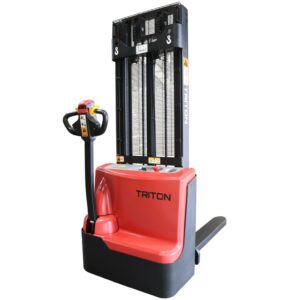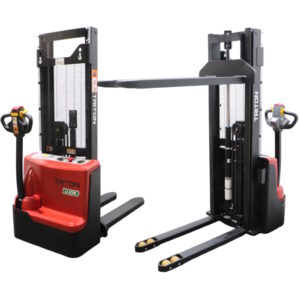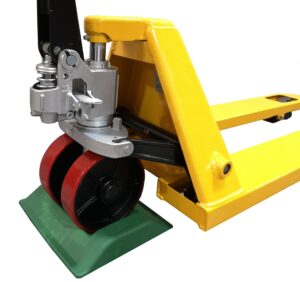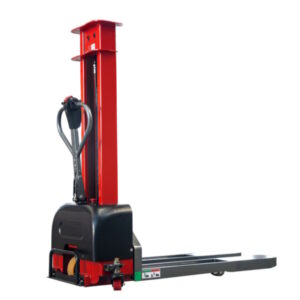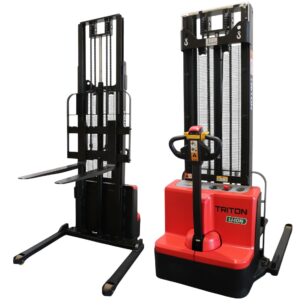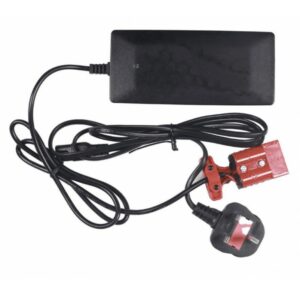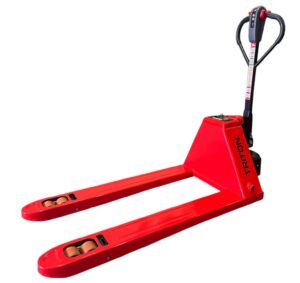Manual handling is a health and safety must have in any warehouse, and understanding the risks is essential to avoiding accident or injury in the workplace.
The right partner will help guide you through the maze to help make manual handling a more straightforward and simple process.
Perform a manual handling risk assessment
Firstly, any reputable manual handling partner will suggest completing a risk assessment, to help understand how workplace injuries happen and how they can be avoided.
There are a few major risk factors associated with these accidents – so it’s essential to understand the risks as they apply to your project and your workplace.
Key areas that will need to be assessed include:
The task
What is it that you’re trying to do? This step should analyse the movements the employee will have to carry out in order to achieve the manual handling goal. Do they need to lift, push, pull or carry the object? Do they need time to rest and recover afterwards? Do you have the appropriate provisions in place to support them?
The individual
No two people have the same skills when it comes to manual labour activities. Some are stronger than others, some have health conditions that make certain movements and activities overly strenuous or impossible, and even fundamental characteristics such as height and weight will help influence what they can do and for how long.
These should all be carefully assessed to help create the right plan of action.
The object
What is it that you’re transporting? Where to? How much does it weigh? These will all influence the difficulty of the manual handling task and should also be carefully assessed.
The outcomes of the assessment
Any manual handling partner should carefully look at the risks surrounding the manual handling task and put in place measures to help limit that risk.
They’ll apply control measures that ensure employees remain safe, which could include everything from providing comprehensive manual handling training to the team, to showing them how to create clear travel routes, to providing them with the tools they need to handle heavy objects.
Other popular tactics for safer manual handling include teaching your team to carry out their own risk assessments and nominating individuals to coordinate future projects.

